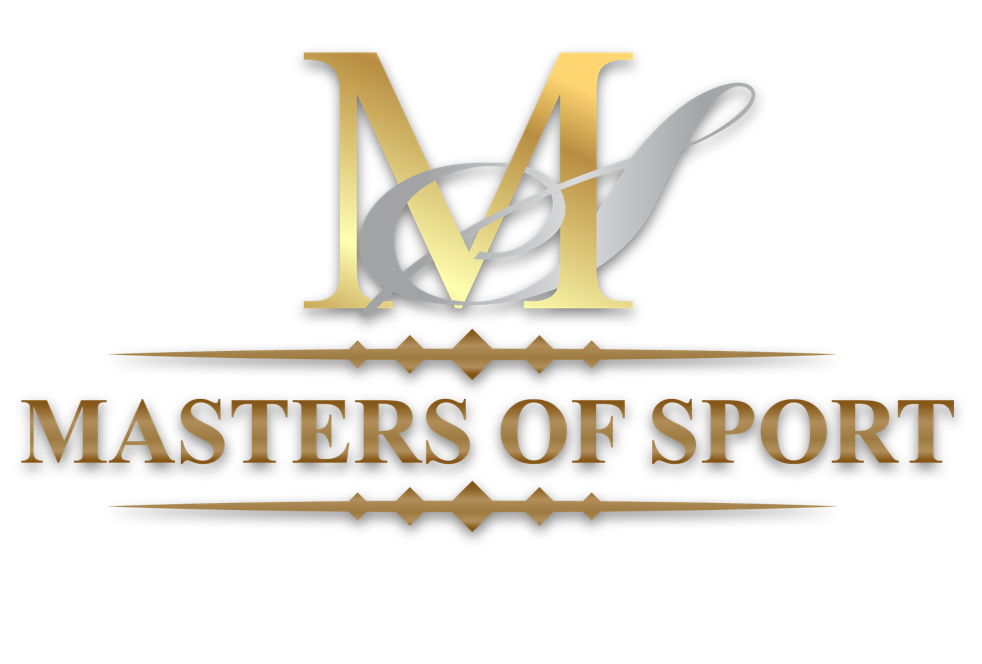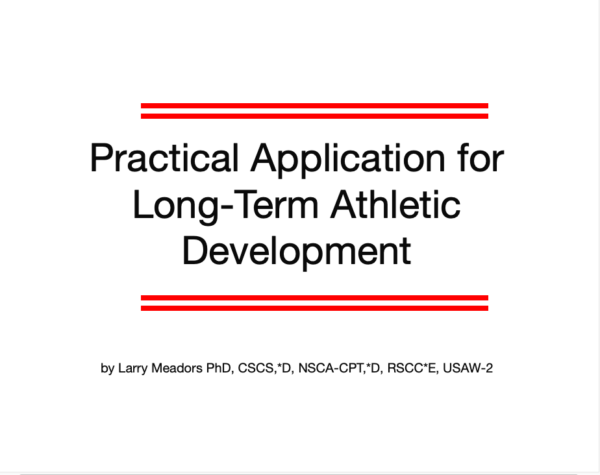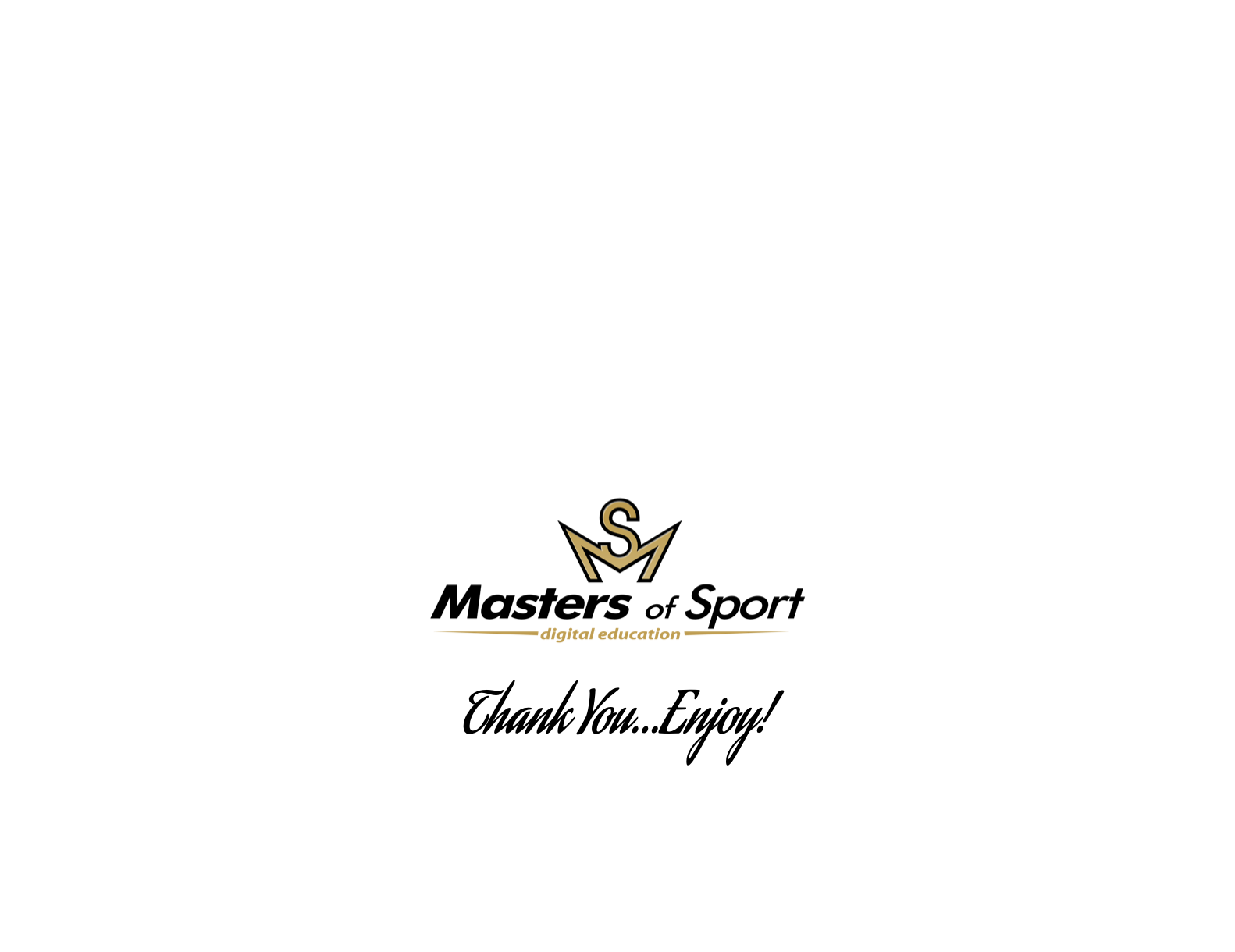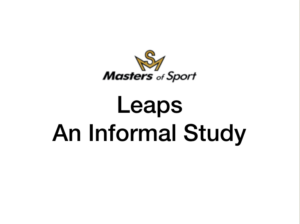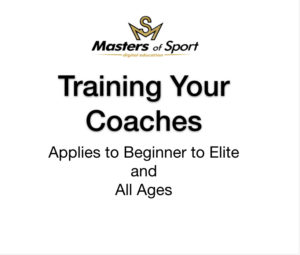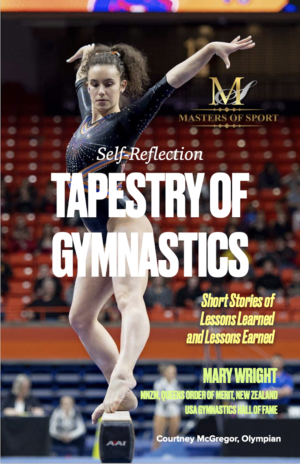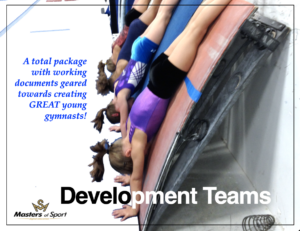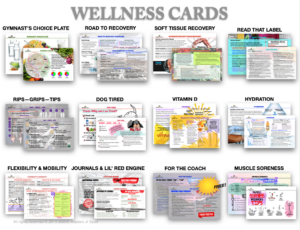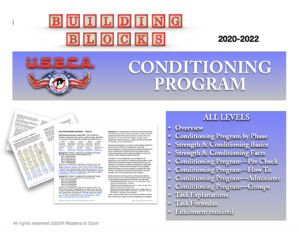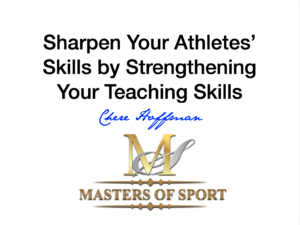Description
Developing Long Term Athletic Training Programs
Long term athletic training programs development, little has been done to provide youth coaches with knowledge of how to teach and develop proper movement techniques. Coaches are left often with an excessive number of competitions, incomplete athlete development, and an emphasis on sports-specific skills only. Many athletes suffer systemic overuse injuries caused by improper training and repeated sub-maximal repetition stress, followed by inadequate recovery.
This article offers a framework for practical, functional, and sequential skill development to assist coaches with a “best practices” model. This will develop a movement vocabulary, physical literacy, and movement skills that improve athleticism. This long term athletic development will also keep athletes safer from overtraining.
A long-term commitment to physical literacy, proper training to improve athleticism, and sport skill development is vital to produce optimal athletic potential. Proper training and athletic development require time. Moreover, a paradigm shift needs to occur regarding the pace and process of athletic development.
Coaches Education
Coach education is the foundation of long-term athletic development. Many individuals only observe “the tip of the iceberg,” and overlook that athletic performance occurs far beyond the sports season. A comprehensive LTAD program, along with skills and knowledge of both the sports coach and the strength and conditioning coach is invaluable to enhance performance. Proper technique and skill development must be taught and supervised by informed and experienced coaches. Also, youth coaches should be educated and qualified to the highest standard and work in an environment that is appropriately managed.
Often, coaches will implement a “cookbook” of thoughtless drills, which is an ineffective way of teaching proper athletic skill techniques. Anyone can purchase equipment or create a drill, which are only a means to an end. Instead, focus on essentials—what needs to be encouraged, and what is best for the athlete at that particular time—with knowledge of what is to come in the future.
Coaches/teachers must know what correct techniques look like and how to teach and make corrections. The instructors must know the proper position of the trunk, arms, legs, and head as the individual performs various movements.
